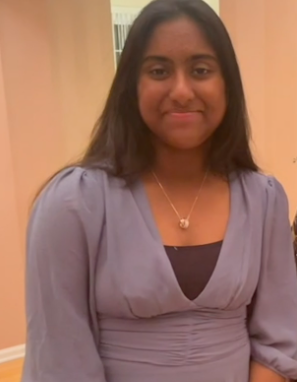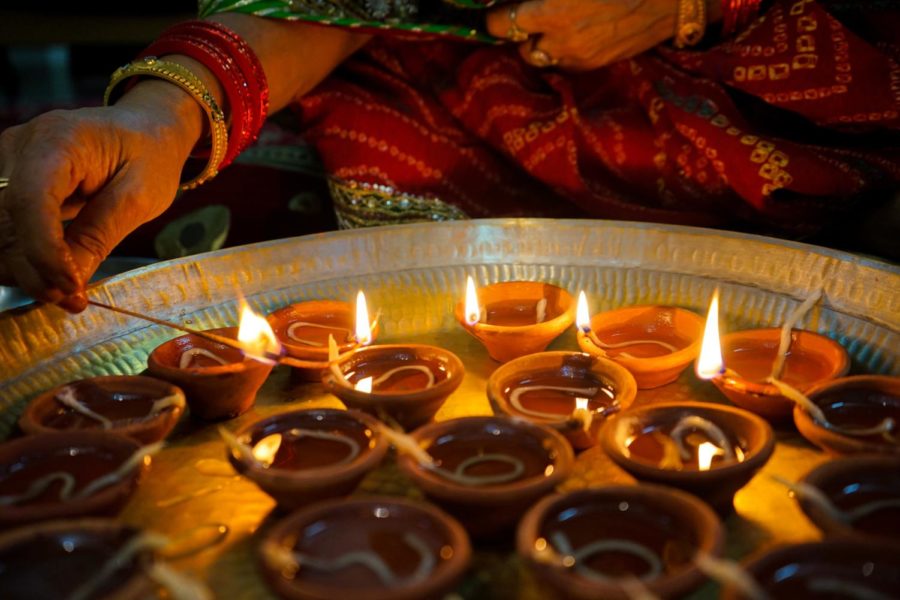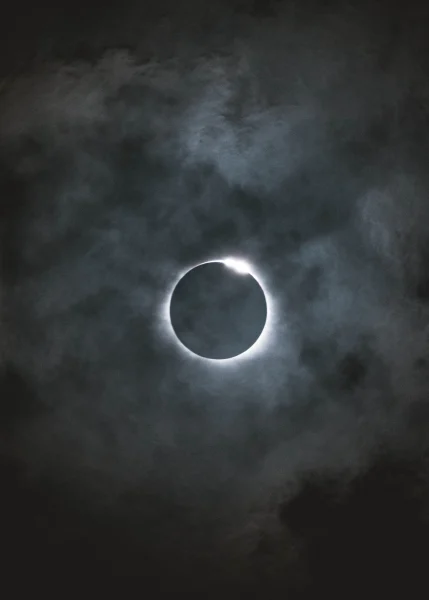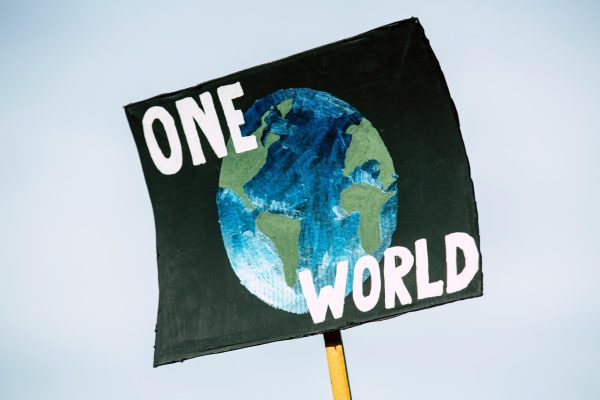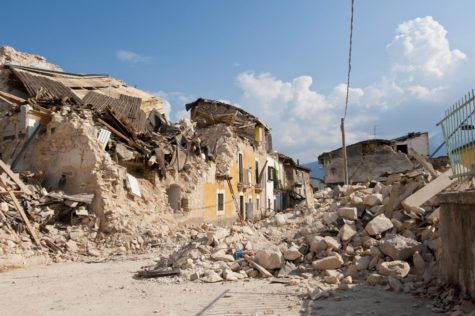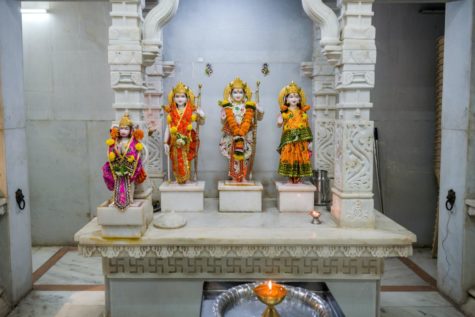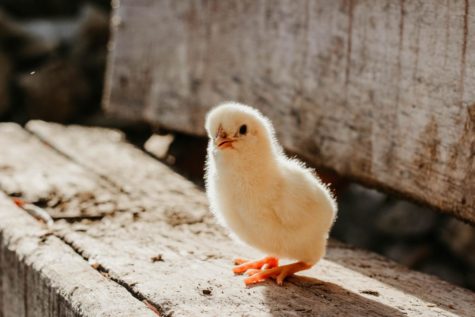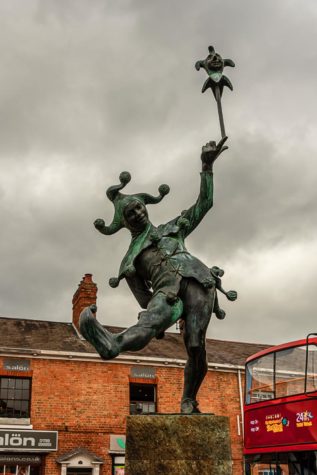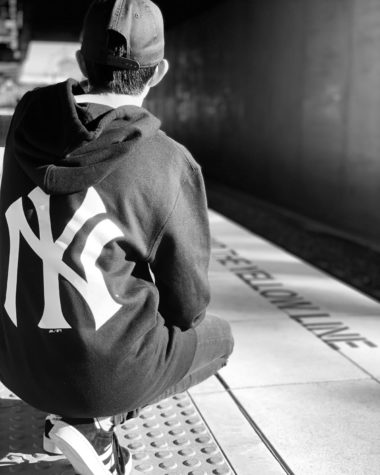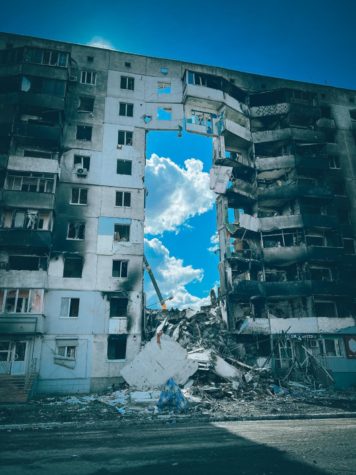The Light at the End of the Tunnel
Stores are packed and people are socializing again. After a 1.5 year hiatus, Hindus have something to celebrate and bring us all together. The Christmas of India is when the peak season of sales are recorded -a celebration of triumph of good over evil, Diwali. Hindus, Jains, and Sikhs all over Asia will be spending this week with family and friends, celebrating and creating memories – which is just what we need after these past 2 years.
Diwali, also known as Divali, is a five day affair that is celebrated in the month of Kartik. Kartik is the eighth month in the Hindu calendar and falls between October and November. Kartik is also considered the most sacred and holy month.
Each of the five days has their own significance. Govatsa Dwadashi is the first day and Diwali celebrations begin. Dhanteras is next and is to celebrate the Goddess Lakshmi and the Lord Kuber. Kali Chaudus, the third day, is most commonly celebrated in Gujarat. Diwali, the fourth day, is celebrated by performing the Lakshmi Puja and ending the day with sparklers and fireworks. The last of the 5-day celebration is Govardhan Puja, dedicated to Lord Krishna.
Each ritual of Diwali has a story behind it. Diwali symbolizes the spiritual victory of light over darkness, good over evil, and the day that Lord Krishna defeated the demon Narakasura.
Diwali is one of the most pious occasions, and commemorates new beginnings, joy, harmony, and victory. Diwali is referred to as the festival of lights. People tend to embellish their homes with new colorful things to welcome good spirits. Diyas – Indian oil lamps made from clay – tend to populate houses around this time of year. Houses are also decorated with patterns created by sand. Rangoli is a traditional Indian art form using colored sand or powder to decorate a floor, courtyard, or flat surface. Rangoli symbolizes wealth, joy, and prosperity and welcomes guests. Families also tend to wear new and traditional clothing because this festival symbolizes new beginnings. Across India, the festival is celebrated in various ways – but no matter how it is done, the meaning still stays the same.
